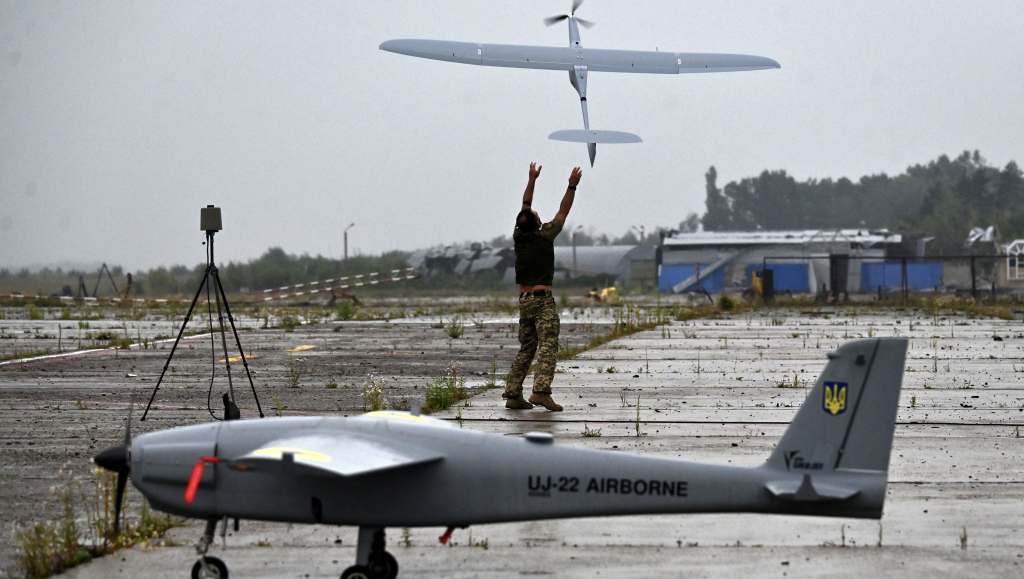
How do you strike at the very heart of an enemy war economy when you don’t relish air supremacy? Ukraine’s answer has been a relentless, high-tech drone war that has already taken out nearly one-fifth of the refining capacity of Russia. This is no war of symbols; it’s precision engineering on strategic targets redefining the battlefield long beyond the front.

1. Campaign Scale and Strategy of the DeepStrike Operation
Ukraine has made seventy attacks since early August on Russian fuel, lubricant, explosives, and military industrial targets. Commander-in-Chief Oleksandr Syrskyi attributed the DeepStrike program with the creation of a fuel shortage that “directly impacts logistics and army supplies.” The operating logic of the campaign is obvious: disable refineries, terminals, and transport hubs to impair the capacity of Russia to support military campaigns. Market analysts put the Ukrainian drones’ share of taking Russian refining capacity out of commission at 38–40% by September, compelling Moscow to export additional crude oil in lieu of refined product.
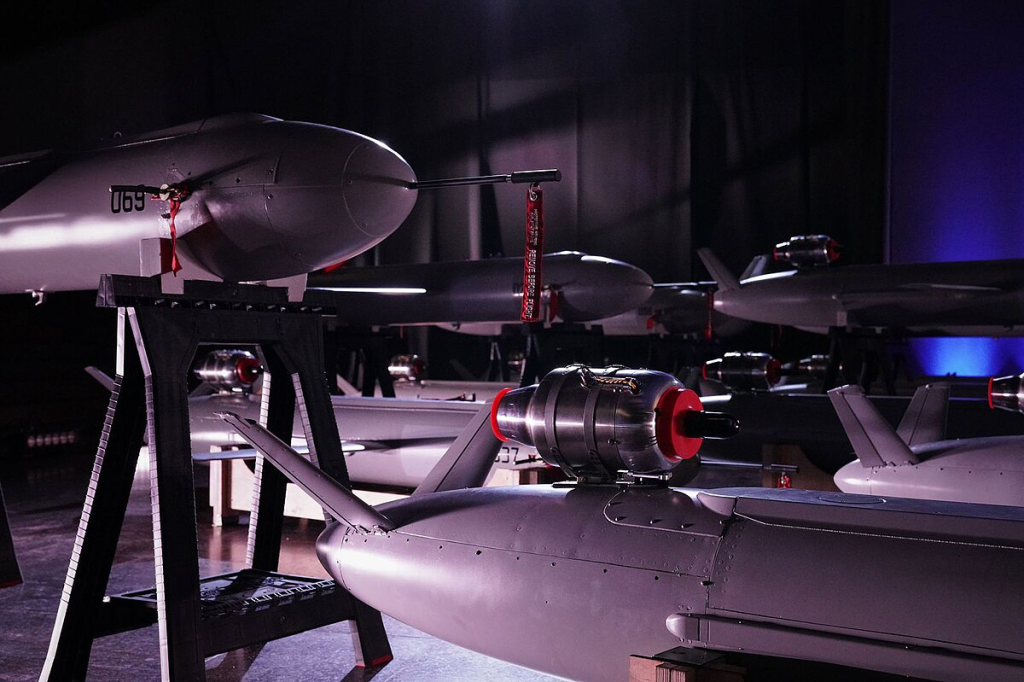
2. Engineering the Long-Range Drone Offensive
Ukraine’s unmanned strike platforms, including the UJ-26 Bobr, Lyutiy, FP-1, and Peklo, are developed to reach ranges of 2,000 kilometers. They typically deploy less than 200 kilograms of explosives, but planning focuses on cracking towers at refineries, hard-to-repair targets that need sanctions-embracing parts. Strike packages usually involve 10–20 aircraft per target, with still more drones serving as decoys to overwhelm Russian air defenses. The August 2 offensive, the largest-ever recorded Russian drone battle, included 332 incoming aircraft in one night.

3. Kirishi Refinery: The Story of a Disruption
Ukrainian drones attacked the Kirishi refinery in Leningrad Oblast on Oct. 4, some 800+ kilometers from the border. The strike put off-line the CDU-6 unit that contributes 160,000 barrels per day about 40% of plant capacity. Repair will occupy four weeks, with the plant limping at 70% capacity by over-compensating with the rest of the units. Kirishi accounts for 6.6% of the country’s refining volume and has been attacked multiple times since March 2024, underscoring Ukraine’s ability to re-target strategic nodes before full rehabilitation.

4. Feodosia Terminal and Fuel Crisis of Crimea
Ukraine’s 14th Separate UAV Regiment hit the Feodosia oil transshipment terminal in Russian-occupied Crimea on Oct. 6. Storing 250,000 tonnes of fuel, the terminal is crucial to the Russian army logistics. The shelling caused a fire seen in the distance of dozens of kilometres that spread over northern oil tanks. Sales of gasoline had stopped at about 50% of Crimean filling stations as of late September, with ration as low as 20 litres per consumer. Such cuts in the occupied region increase both military and civilian tension on Moscow.
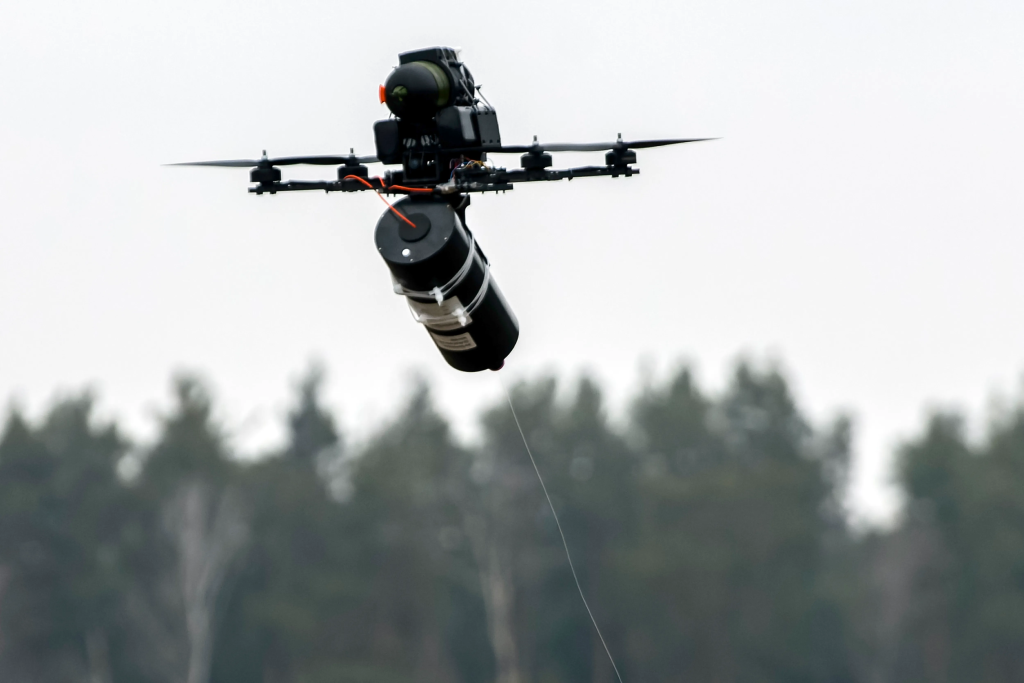
5. AI-Augmented Targeting and Autonomous Platforms
The Ukrainian military is embedding AI in drones to execute autonomous terminal maneuvers and precision attacks despite electronic warfare. As Deputy Defense Minister Yuriy Myronenko put it, AI interprets more than 50,000 front-line video streams per month to plot targets for swift engagement. Under development will be systems to enable drones to home on targets and destroy them with limited human interaction, scalable to tens of thousands of autonomous interceptors by 2026. This technological advantage minimizes susceptibility to jamming and maximizes the effectiveness of strikes against mobile or high-value targets.
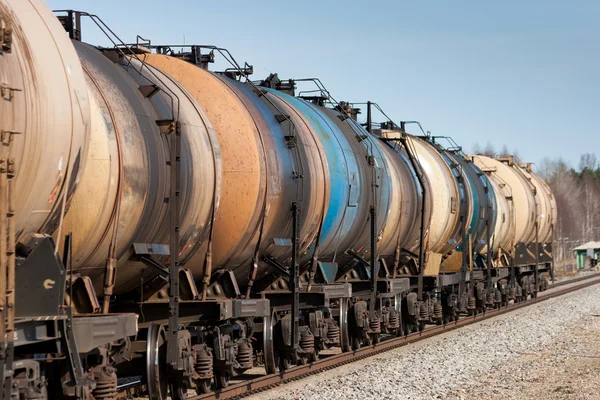
6. Rail Logistics and Oil Transport Strike
Beyond stationary facilities, Ukraine has expanded deep strikes to Russian trains carrying fuel and military equipment. Railways are vital to Russia’s military supply chain and economy, yet their fixed routes make them vulnerable. Advanced drones like the Liutyi use GPS navigation and AI-assisted targeting to hit moving trains, derailing cars and igniting cargo. Attacks on rail hubs such as Volgograd and Surovikino have disrupted key nodes, compounding refinery losses by choking distribution networks.
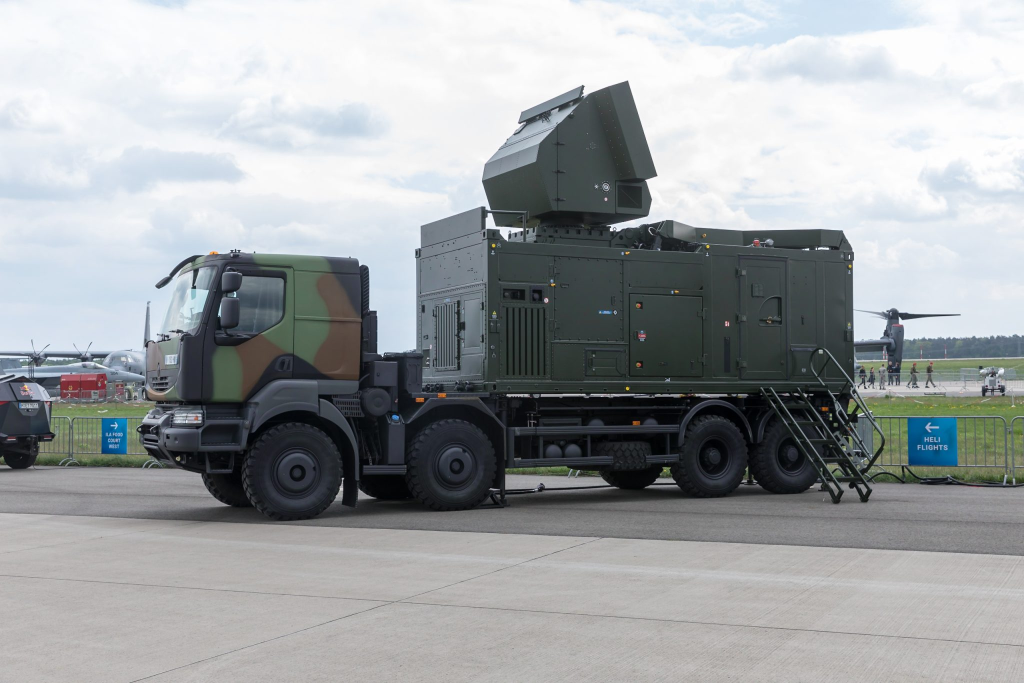
7. Domestic Development of Air Defense Systems
Ukraine is developing unmanned air defenses at the same time with projects such as Brave1, developing dozens of indigenous missile and interceptor projects. Low-cost, all-weather surface-to-air missiles are being developed to intercept drones such as the Shahed. As with other systems, proprietary solutions are emphasized over interoperability with NATO systems to save cost and deploy quickly. President Volodymyr Zelensky has targeted making 1,000 interceptor drones per day, highlighting the industrial mobilization that supports Ukraine’s defensive as well as offensive drone policies.
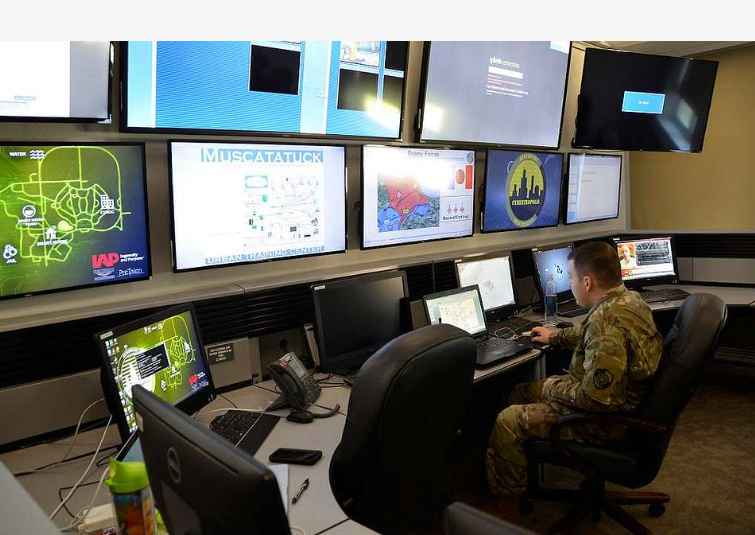
8. Cyber Forces Command and Integrated Warfare
Ukraine’s parliament supported the establishment of a Cyber Forces command to protect and execute operations in the virtual world on Oct. 9. The new agency will integrate reserves, prepare personnel, and synchronize capabilities to NATO levels. Cyberwarfare is the adjunct to conventional attacks that focuses attacks on control systems of the infrastructure, possibly amplifying the effect of attacks on energy and logistics networks with drones.

9. Economic and Political Impact on Russia
The region-wide shortage ripples throughout the regions of Russia, with wholesale prices climbing 20–30% and localized peaks up to 40% in remote regions. The Kremlin has issued export restrictions on diesel and curtailed gasoline exportation, yet given clearance to imports from China, Belarus, and others. Independent stations, accounting for 60% of the Russian network, are pushed toward failure with the wholesale rates above capped market rates. Even Kremlin-aligned media have admitted “unscheduled refinery closures” as one of the causes of the crisis. Ukraine’s DeepStrike campaign demonstrates how targeted engineering, AI integration, and coordinated strikes on energy infrastructure can degrade an adversary’s military-industrial base without conventional air dominance. With each refinery fire and derailed fuel train, the strategic calculus shifts forcing Moscow to divert resources from the battlefield to repair its economic arteries.


